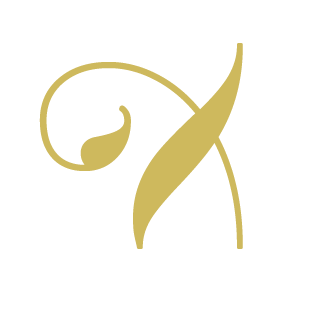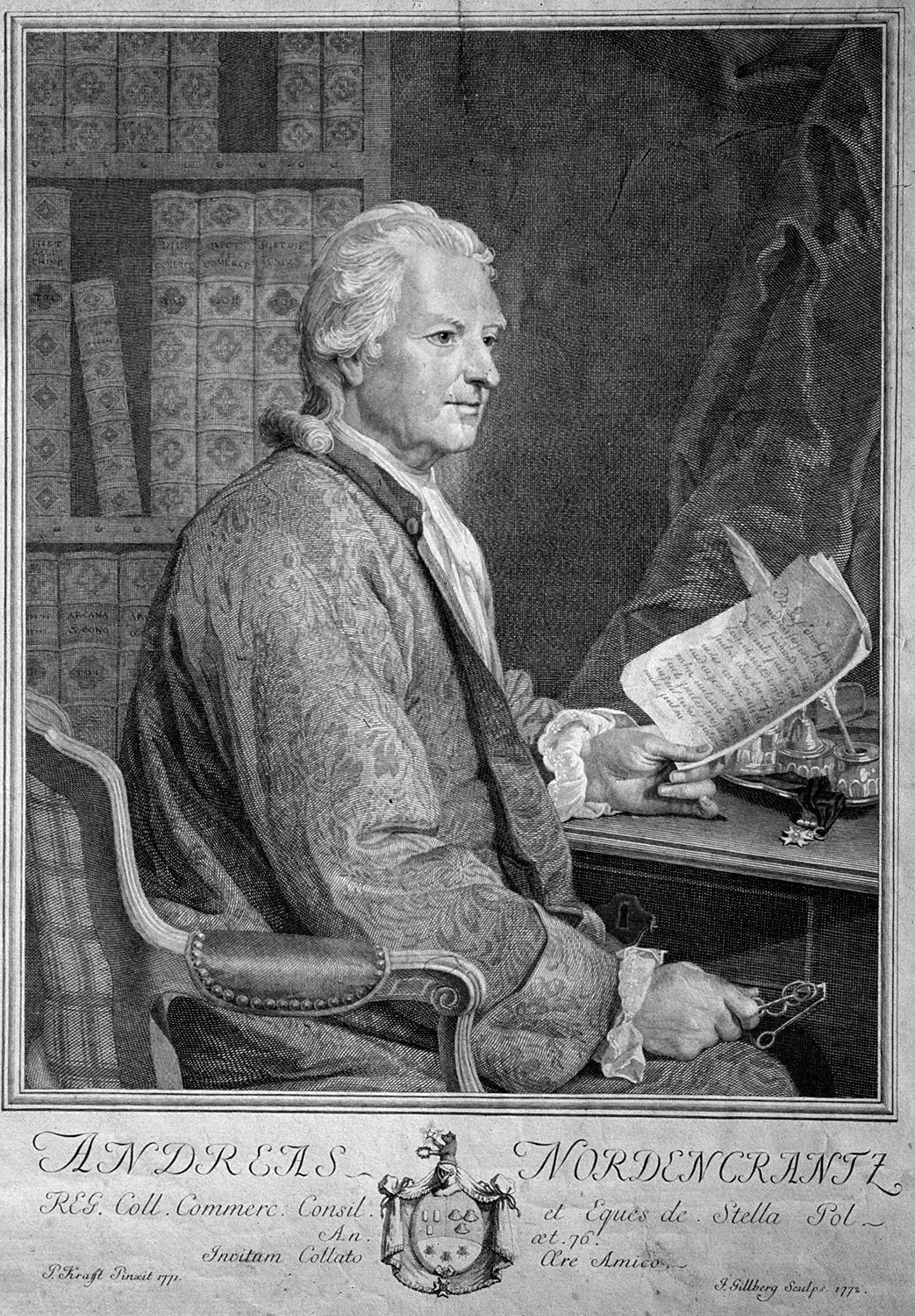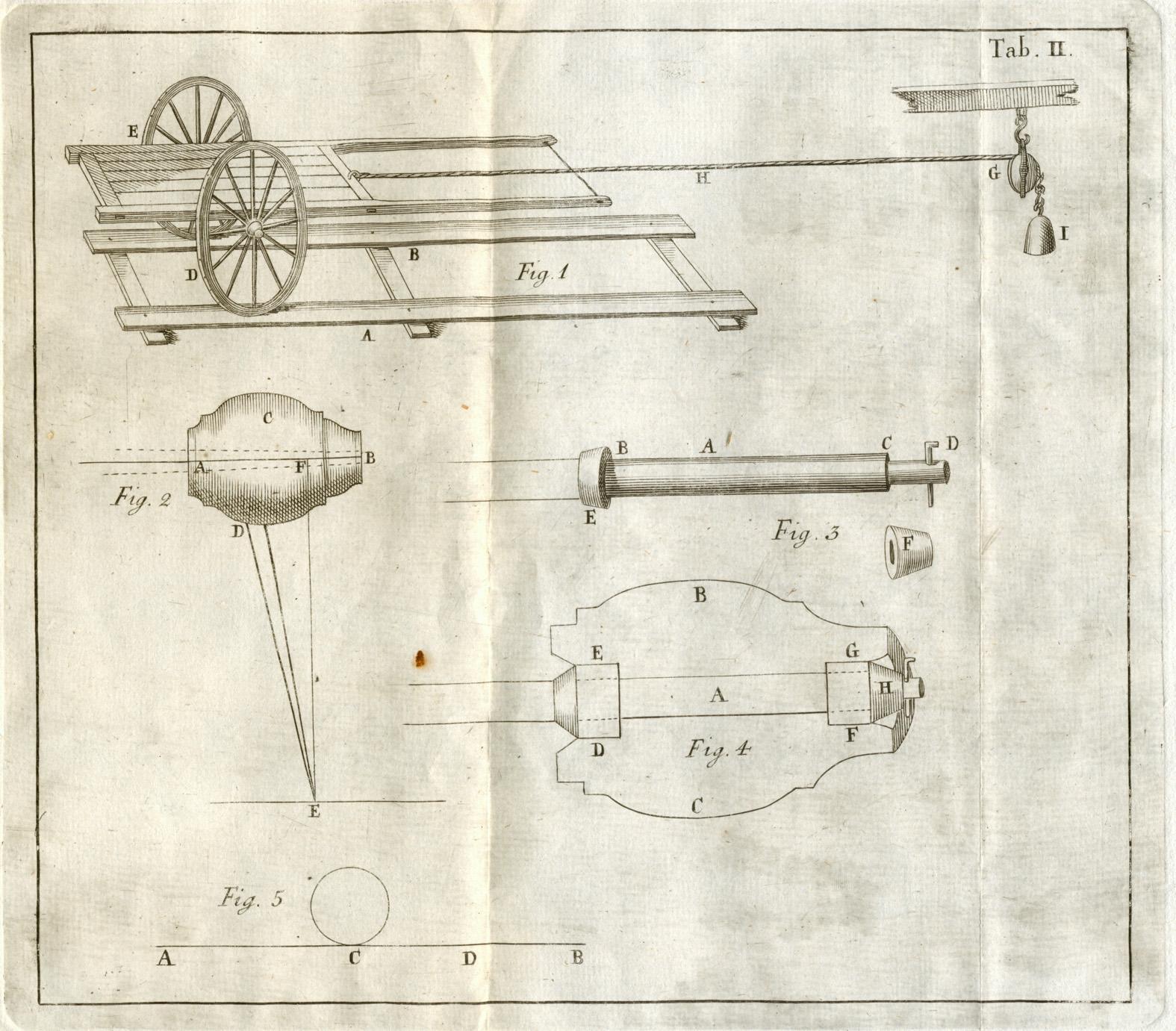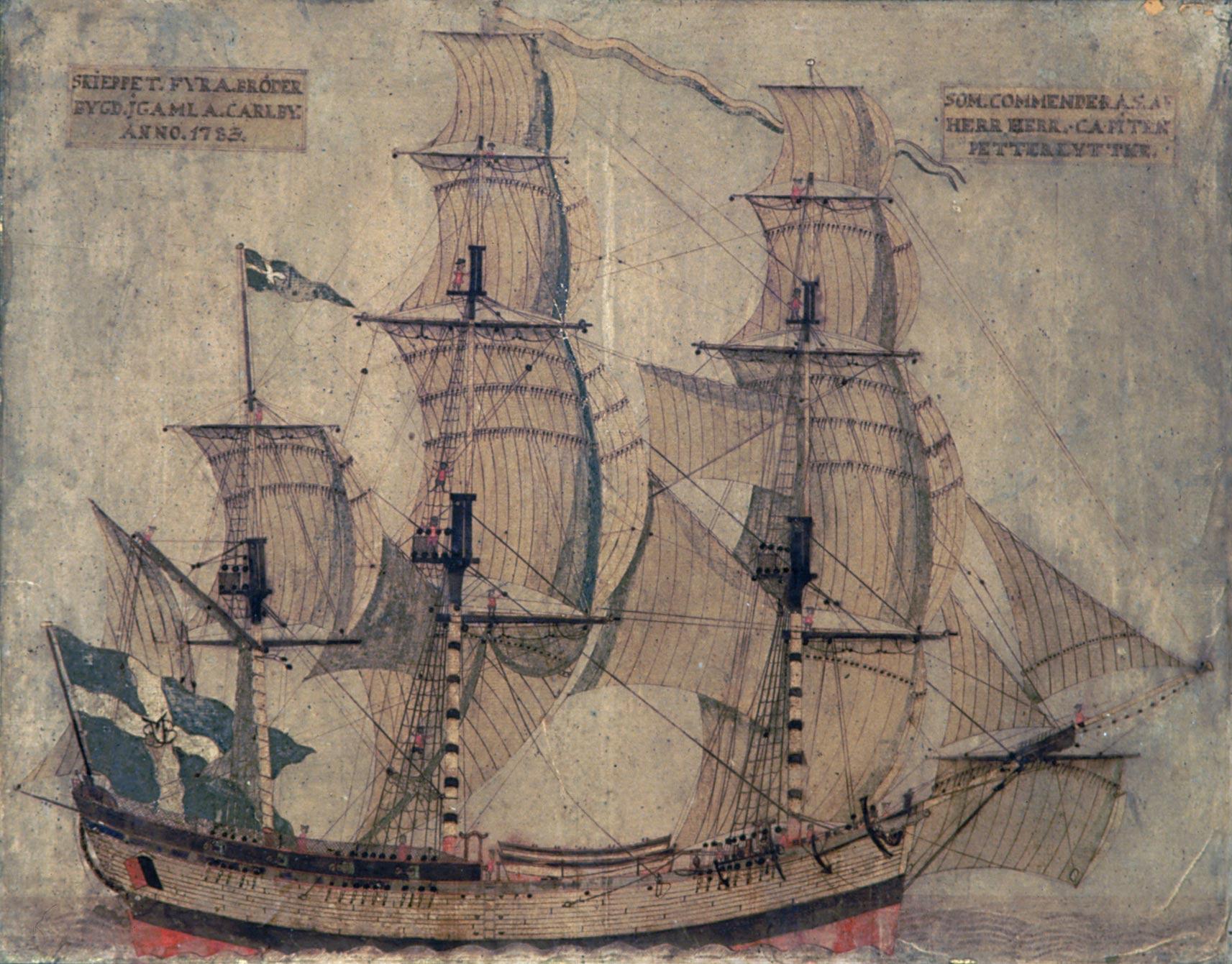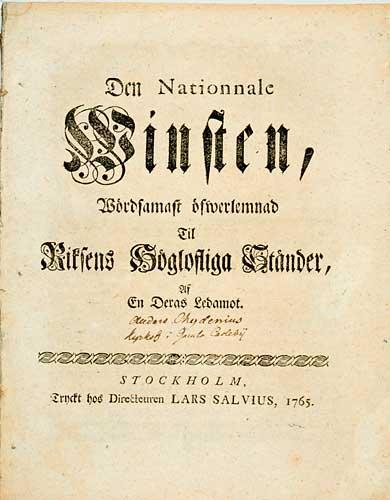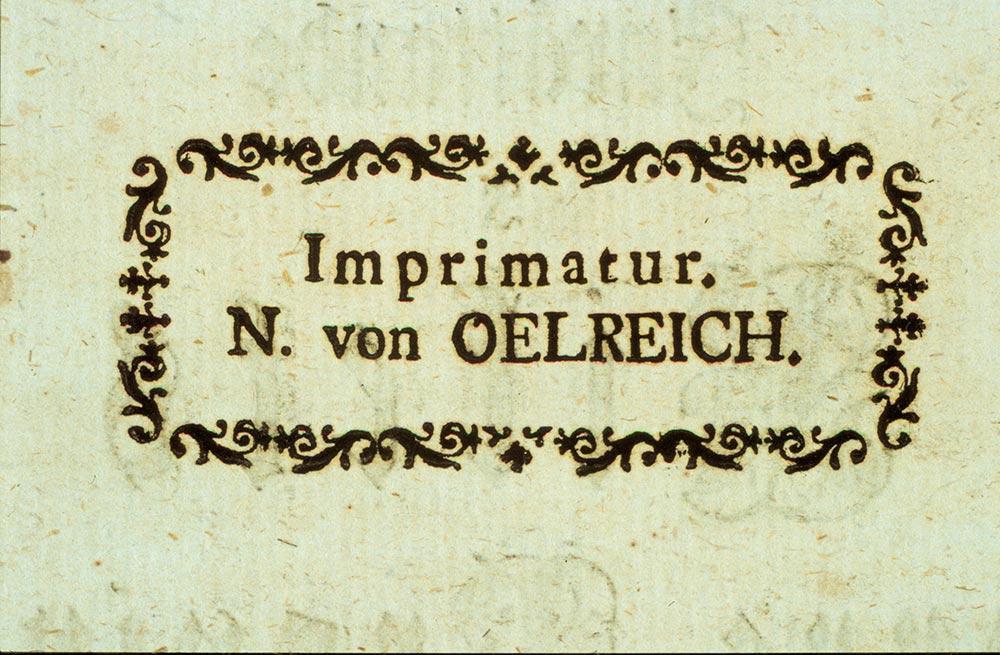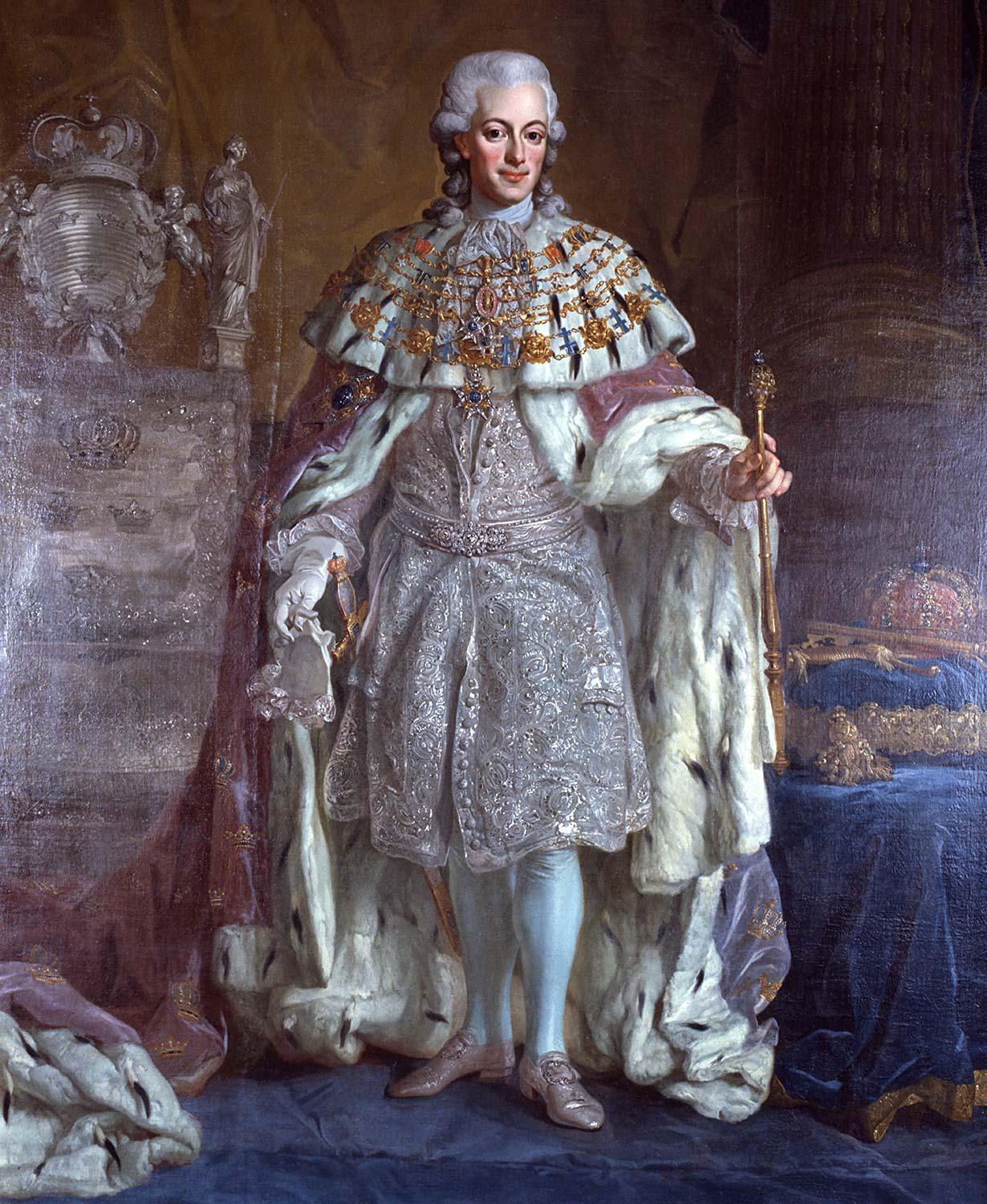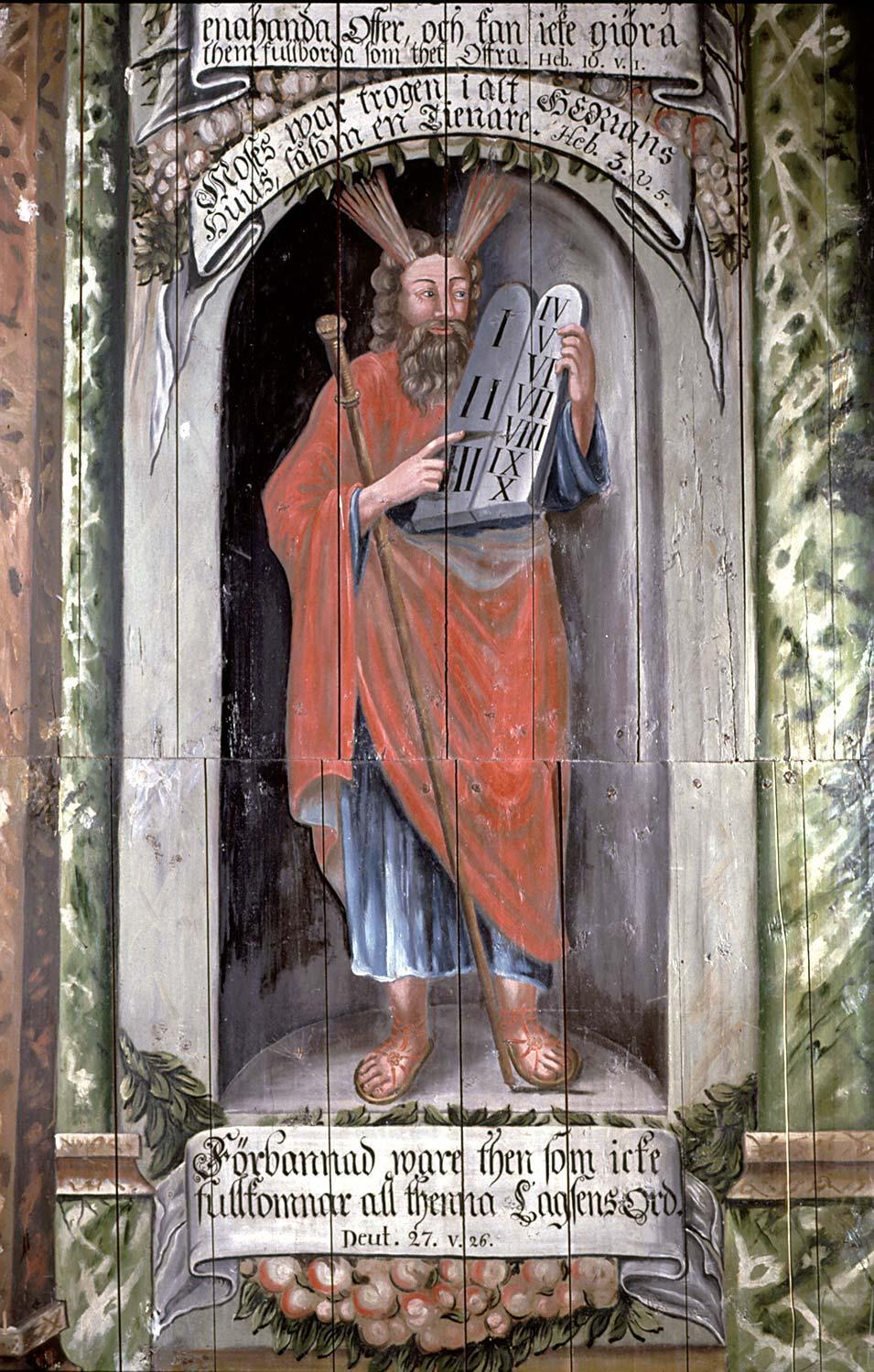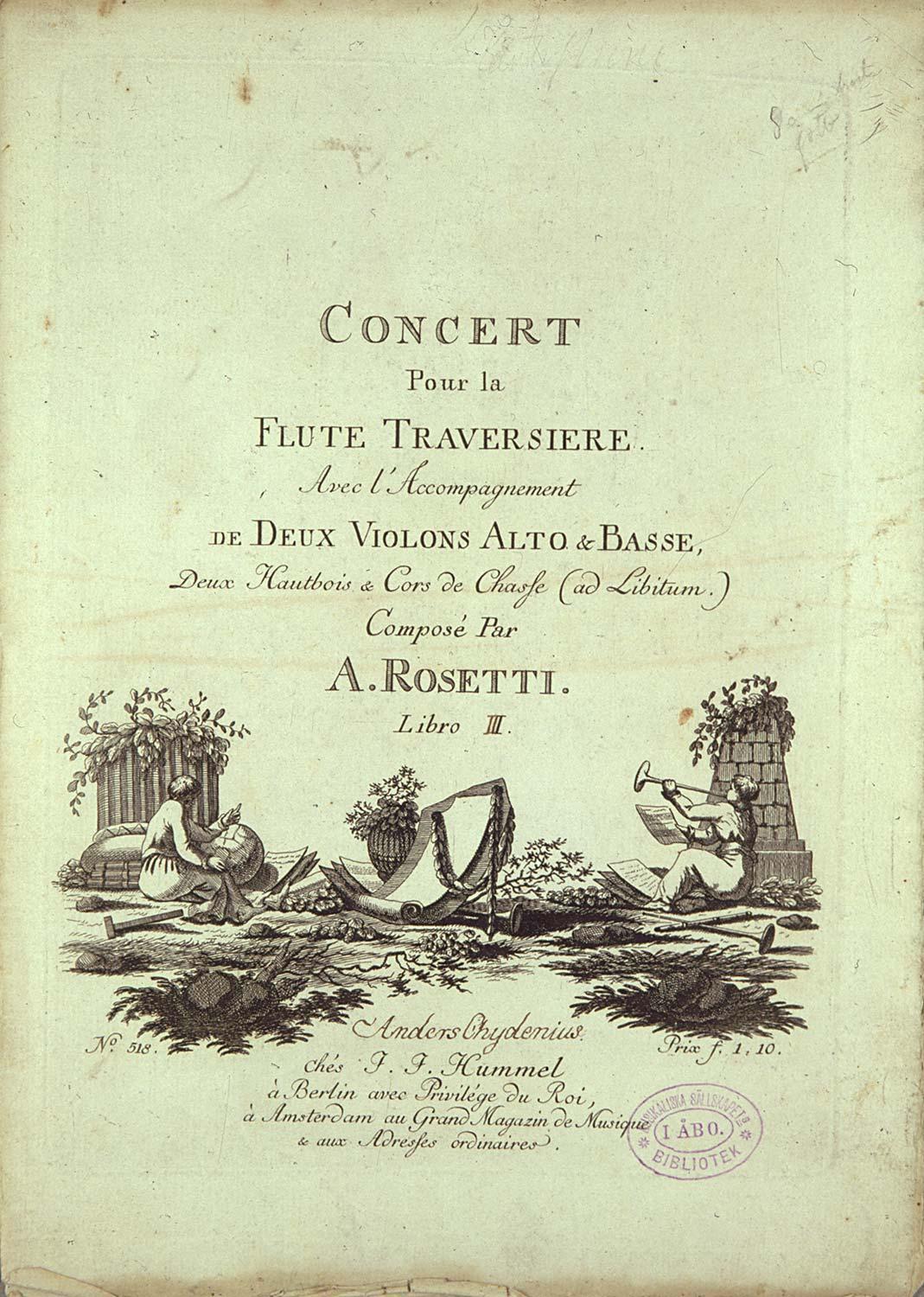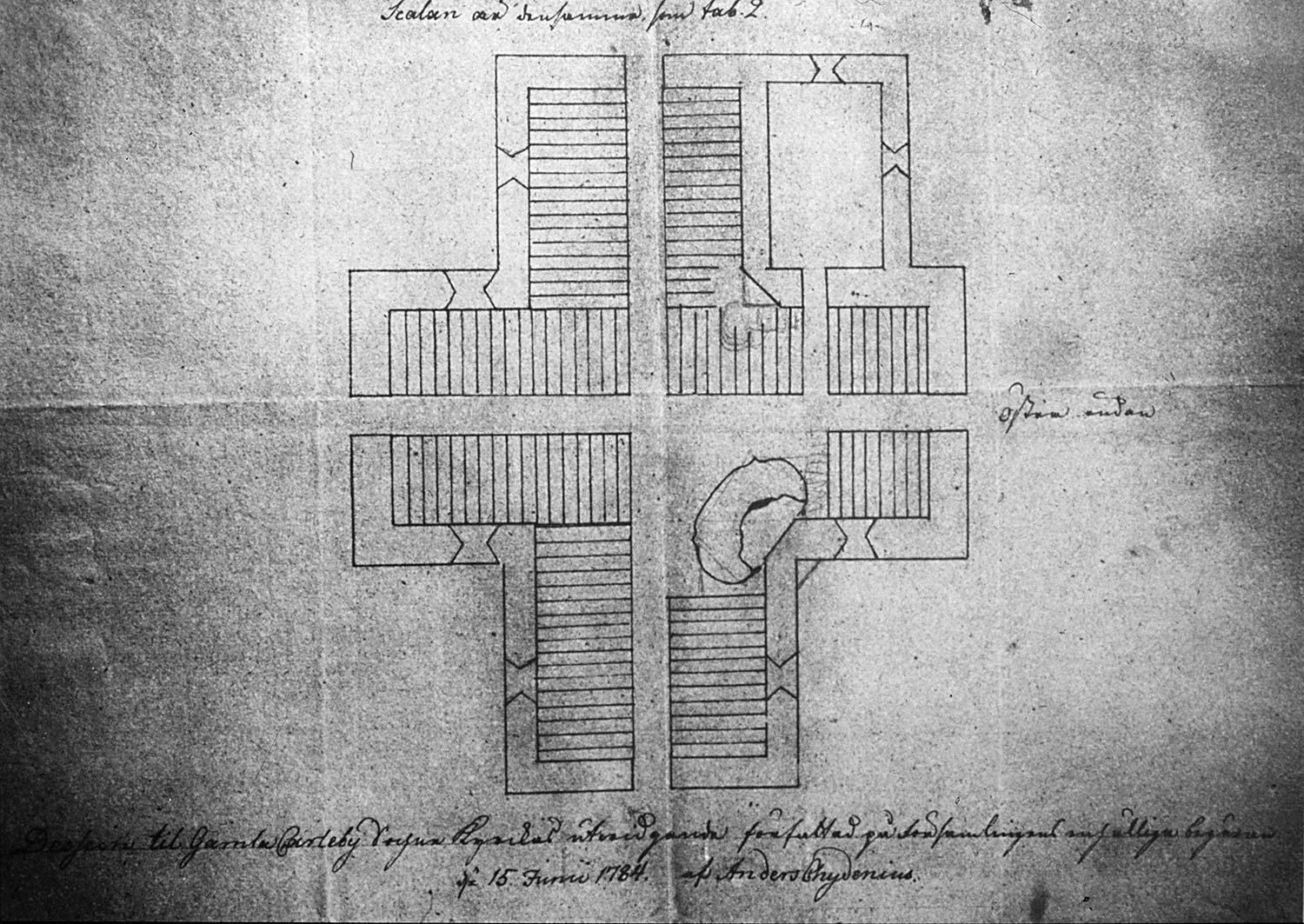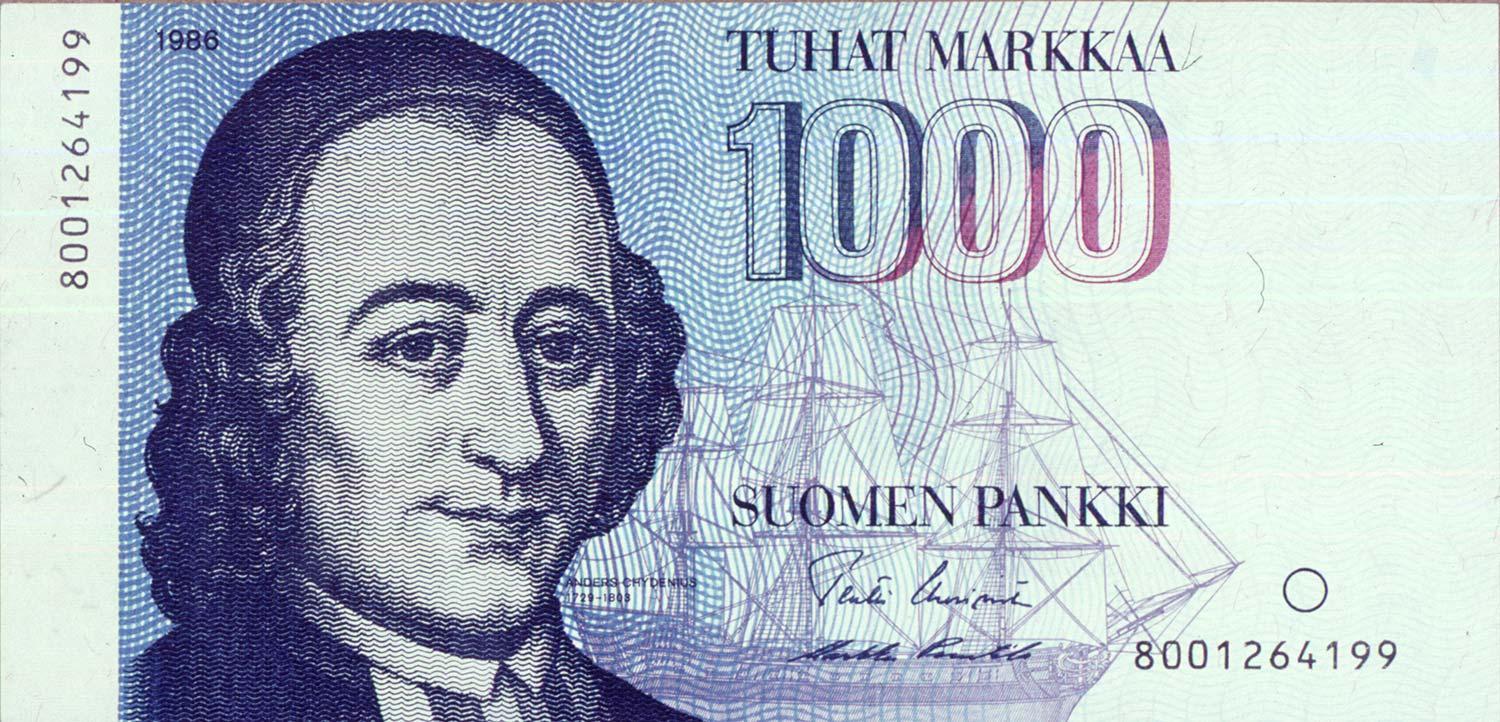Chydenius’s studies
In 1745 Anders and Samuel Chydenius commenced studies at the Royal Academy of Turku (Kungliga Akademien i Åbo). At first, Anders studied philosophy and Latin. Later studies emphasized the natural sciences. Chydenius said that “Apart from the philosophical sciences, I was very interested in mathematics, especially geometry, astronomy, gnomonics [the art of constructing and using sundials], mechanics and some algebra.” Whilst studying at Uppsala in 1750–1751 he also became conversant with chemistry.
Although Anders Chydenius’ principle studies were in theology, apparently he might well have entertained a career as a natural scientist – many of the leading natural scientists of his time were also theologists.
The Professors
Of Chydenius’ tutors at the University of Turku, three should be mentioned – all pupils of Linnaeus and advancers of naturalism. Already in the 1730’s Johan Browallius had advocated the utility of the natural sciences. A professor of theology, and later Bishop of Turku, Browallius was a notable exponent of natural theology.
Karl Fredrik Mennander conveyed the views of Pufendorf on natural rights to Chydenius. As a professor of physics, he was an orthodox defender of the utility of science. Later he was a Bishop, and was a vehement supporter of the Party of the Hats.
In 1747 The University of Turku obtained a separate chair in economics. Its first occupant was Pehr Kalm. His approach as a researcher was very practically orientated. Like Mennander he favoured local studies, which often applied to his home province of Ostrobothnia.
In Uppsala Anders was evidently the pupil of the famous chemist Johan Gottschalk Wallerius and heard the lectures of Linnaeus. Also Samuel Chydenius, who became the first senior lecturer in chemistry and mineralogy at the Turku Academy in 1753, was clearly a great influence upon his younger brother. His promising career as a scientist was unfortunately interrupted in 1757, as he died by drowning whilst carrying out studies on the Kokemäki river.
The Bark Boat
 Anders Chydenius’ Master’s degree dissertation concerned American bark boats – lightweight canoes whose mainly made from birch-bark, used by the Canadian Indians and later by the French settlers. His graduate thesis was carried out under the supervision of the professor of economics, Pehr Kalm, upon whose observations it was mainly based.
Anders Chydenius’ Master’s degree dissertation concerned American bark boats – lightweight canoes whose mainly made from birch-bark, used by the Canadian Indians and later by the French settlers. His graduate thesis was carried out under the supervision of the professor of economics, Pehr Kalm, upon whose observations it was mainly based.
Pehr Kalm made his famous expedition to Northern America in 1747–1751. The aims of the expedition tell us a lot about the modes of thought of the Age of Utility. He wanted to find new colouring dyes, spices and other useful plants for application in domestic agriculture and industry. The results of the expedition were rather sparse in these areas, because the plants did not thrive under Finnish conditions. Kalm’s travel diary however became famous, and was translated into English already in the eighteenth century (Travels into North America, 1770–71), and into German and Dutch also. It remains one of the main sources in its area of study.
The bark boat did not achieve the degree of success hoped for by Kalm and Chydenius. Some boats based on this model were built at Turku Academy, and even King Adolf Fredrik I tried one out on his journey in Finland in 1752. When he moved to Alaveteli take up his post as preacher there, he tried to get the peasants of Alaveteli interested in this innovation, but all he achieved was the nickname of “Birch-bark Anders”.




